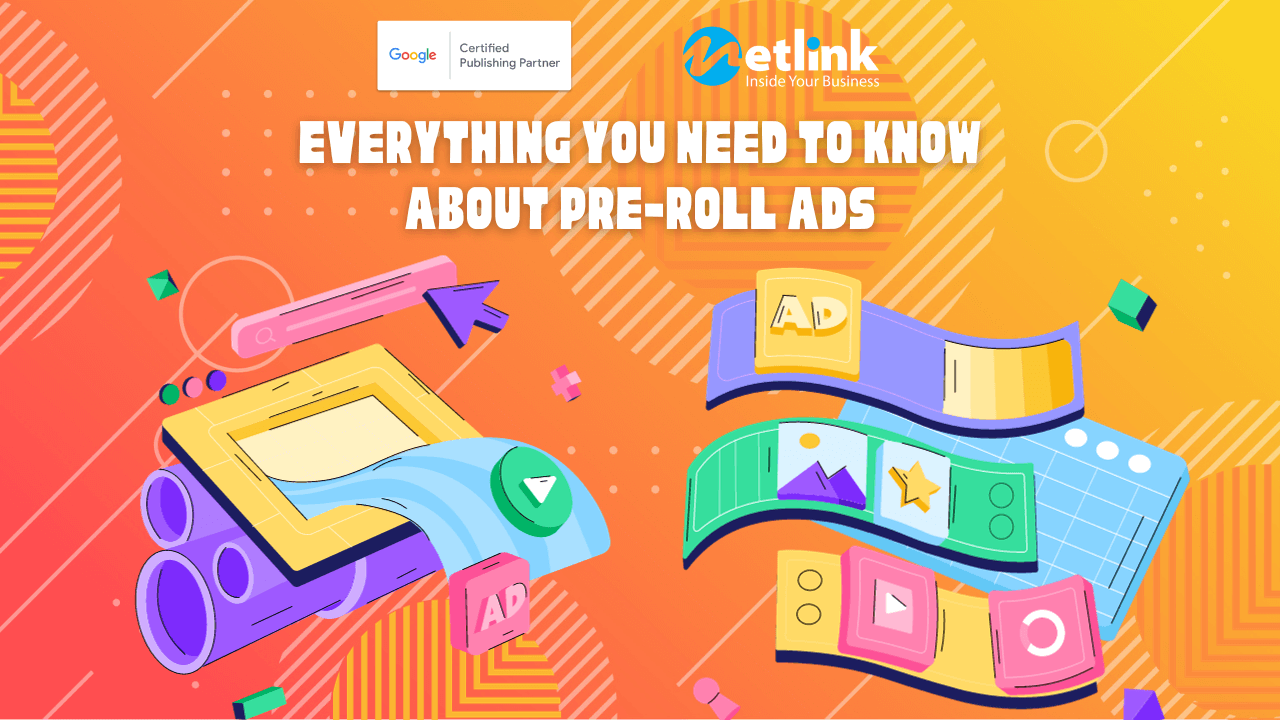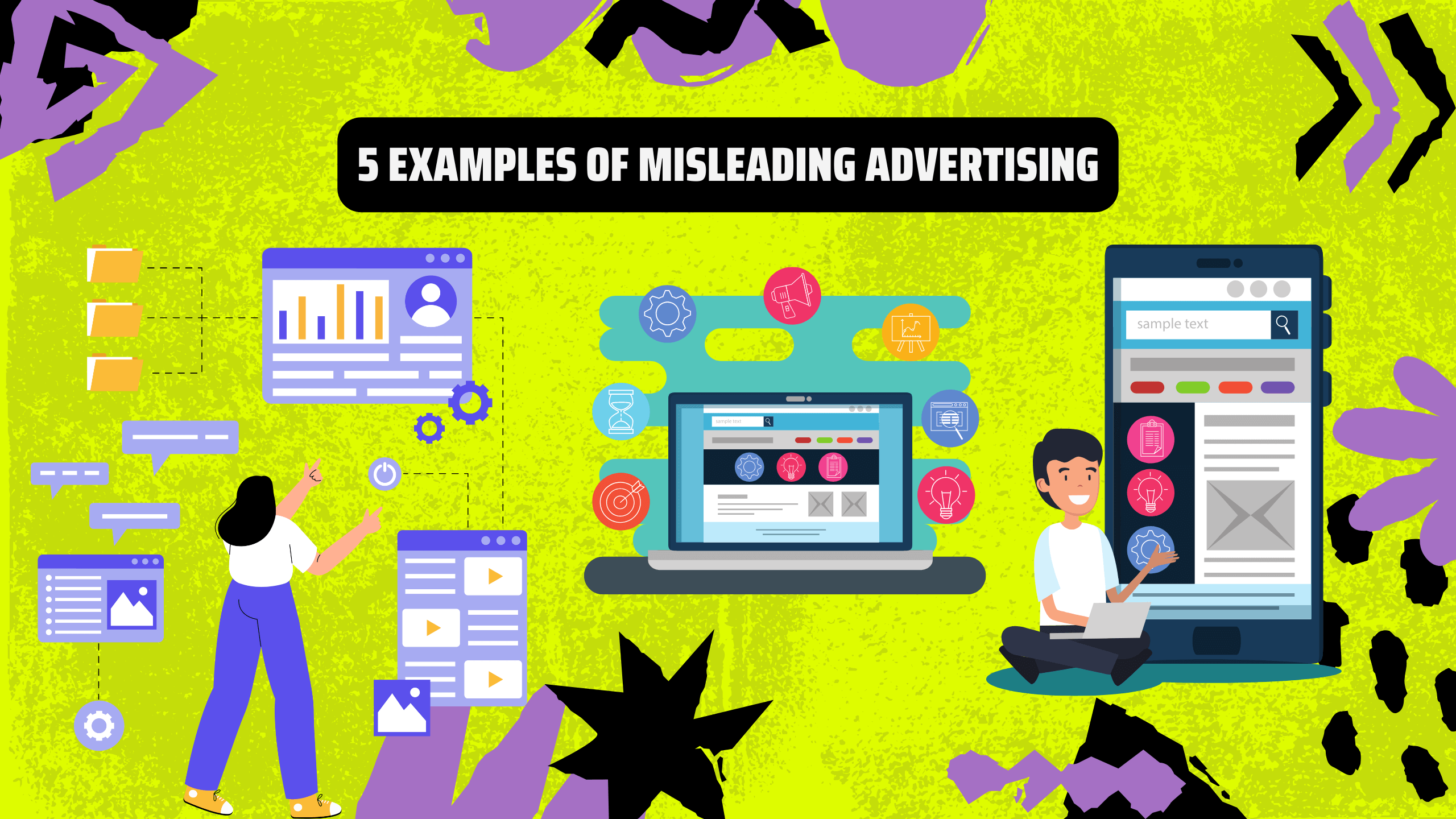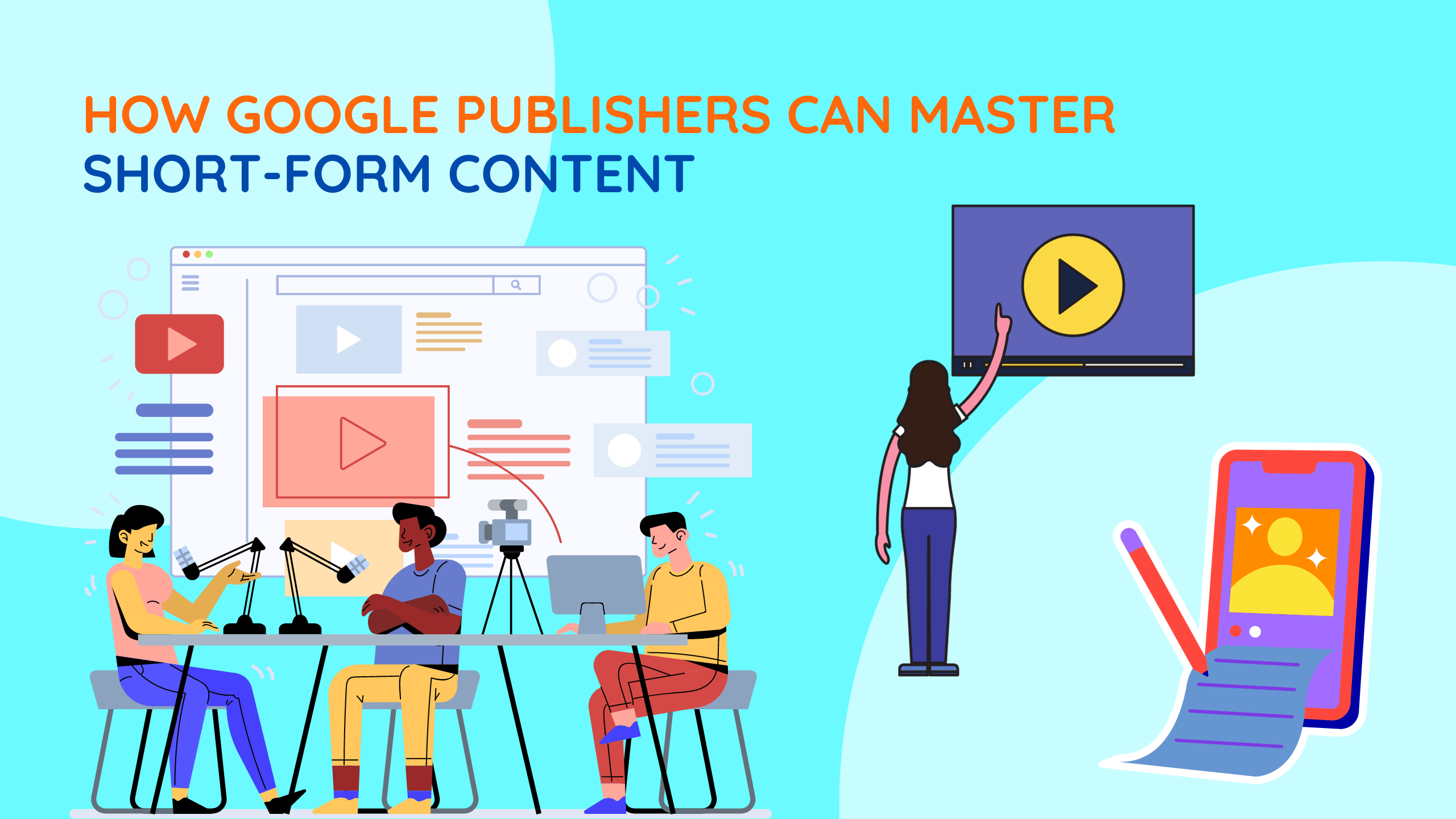Google Publishers are continually exploring innovative ways to engage their audiences and maximize revenue. Pre-roll ads have emerged as a valuable tool in this pursuit, offering targeted and engaging ad experiences. In this comprehensive guide, we’ll uncover the key aspects of pre-roll ads, from their definition to their future potential, tailored to Google Publishers.
What are pre-roll ads?
Pre-roll ads are a type of online video advertising that appear before the main video content on various online platforms, particularly on video-sharing websites like YouTube and streaming services. They are typically short video clips, often around 15 to 30 seconds in length, and are displayed to viewers before they can access the desired video content. Pre-roll ads can be skippable or non-skippable, with skippable ads allowing viewers to skip the ad after a few seconds, while non-skippable ads must be watched in their entirety.
These ads serve as a way for advertisers to reach their target audience and monetize video content. Viewers may encounter pre-roll ads while watching videos on platforms and services that offer free content, which helps generate revenue for content creators and platforms. Pre-roll ads are an essential component of digital advertising, and they aim to capture viewers’ attention and convey a concise message in a short timeframe. Their effectiveness depends on factors like relevance, length, and viewer engagement.

Benefits of using pre-roll ads
Captivating user attention
Pre-roll ads are excellent for grabbing the audience’s focus, as they play right at the beginning of the video.
- Targeted advertising
Precise audience targeting ensures that your pre-roll ads are displayed to viewers who are more likely to engage with your content.
Enhanced brand visibility
These ads offer an excellent opportunity to boost brand recognition and awareness among a wide range of audiences.
How it work?
Pre-roll ads work by being inserted into the video player before the main video content starts playing. This is done by the video player’s publisher, who has partnered with an ad network to deliver the ads. The ad network can be either a direct-sold network, where publishers have a direct relationship with advertisers, or a programmatic network, where ads are sold automatically through real-time bidding.
When a viewer clicks on a video to watch it, the pre-roll ad will automatically play before the main video. The viewer may have the option to skip the ad after a few seconds, or the ad may be non-skippable. Once the ad has finished playing, the main video will start playing.
Pre-roll ads are typically paid for on a cost-per-view (CPV) basis, meaning that the advertiser pays a certain amount each time their ad is viewed. The CPV rate for pre-roll ads varies depending on the target audience, the content of the video, and the advertising platform being used.

Check out these detailed explanations of the process of pre-roll ad delivery:
- The video player publisher partners with an ad network to deliver pre-roll ads on their videos.
- The ad network provides the publisher with a code snippet to embed in their video player.
- When a viewer clicks on a video to watch it, the video player code snippet sends a request to the ad network for a pre-roll ad.
- The ad network selects a pre-roll ad to deliver to the viewer based on a variety of factors, such as the viewer’s demographics, interests, and browsing behavior.
- The ad network delivers the pre-roll ad to the viewer’s video player.
- The pre-roll ad plays before the main video content starts playing.
- Once the pre-roll ad has finished playing, the main video starts playing.
Pre-roll ads can be a very effective way for advertisers to reach their target audience and achieve their marketing goals. By understanding how pre-roll ads work, publishers can better optimize their ad inventory and advertisers can create more effective campaigns.
Types of pre-roll ads
There are two main types of pre-roll ads:
In-stream ads
In-stream ads are the most common type of pre-roll ad. They play before the main video content. In-stream ads can be skippable or non-skippable. Skippable ads allow viewers to skip the ad after a few seconds, while non-skippable ads must be watched in their entirety before the main video will play.
In-stream ads can be very effective in reaching a captive audience, as viewers are typically engaged and waiting for the main video to start. However, it is important to make sure that your in-stream ads are relevant to the main video content and that they are not too long or intrusive.
Out-stream ads
Out-stream ads play outside of the main video content. They can appear in a variety of places, such as in the sidebar, at the bottom of the page, or in a pop-up window. Out-stream ads are often less intrusive than in-stream ads, but they may also be less effective in reaching a captive audience.
Out-stream ads can be a good way to reach viewers who are not interested in watching the main video content. They can also be used to promote related content or to offer viewers discounts or other incentives.
Other types of pre-roll ads include:
– Interactive ads: Interactive ads allow viewers to interact with the ad in some way, such as by clicking on hotspots or playing a game. Interactive ads can be more engaging than traditional pre-roll ads, but they can also be more expensive to produce.
– Native ads: Native ads are designed to blend in with the surrounding content. This makes them less intrusive than traditional pre-roll ads, but it also means that they may be less noticeable.
– Branded content: Branded content is a type of pre-roll ad that is created by a brand and that promotes the brand’s image or values. Branded content can be very effective in building brand awareness and loyalty, but it can also be expensive to produce.
Which type of pre-roll ad is best for you will depend on your marketing goals and your budget. If you are looking to reach a large captive audience, then in-stream ads are a good option. If you are looking to reach a more specific audience or if you want to create a more engaging ad experience, then out-stream ads or interactive ads may be a better choice.

Best practices for pre-roll ads:
Here are some best practices for pre-roll ads:
- Keep it short: Pre-roll ads should be short and to the point. Viewers are more likely to watch a shorter ad, and they are also more likely to be receptive to the message. Aim to keep your pre-roll ads under 30 seconds, and even shorter if possible.
- Make it engaging: Pre-roll ads should be engaging and visually appealing. Use high-quality video and audio, and create a compelling message. Avoid using too much text or stock footage. Instead, focus on creating a unique and memorable ad that will grab viewers’ attention.
- Target it to your audience: Target your pre-roll ads to specific audiences based on their demographics, interests, and browsing behavior. This will help to ensure that your ads are seen by people who are most likely to be interested in them. You can use a variety of targeting options, such as age, gender, location, and keywords.
- Make it skippable: Most viewers will expect to be able to skip pre-roll ads after a few seconds. Give them the option to do so by including a skip button in your ad. This will help to reduce frustration and improve the overall user experience.
- Track your results: It’s important to track the performance of your pre-roll ads so that you can see what’s working and what’s not. Pay attention to metrics such as viewability, click-through rate, and conversion rate. This data will help you to improve your ads over time.
How to measure the success of pre-roll ads:
- Click-Through Rate (CTR): Measure how many viewers click on your pre-roll ad to learn about your product or service
- Complete rate: Calculate the percentage of viewers who watch your entire ad. A high completion rate indicates engagement.
- Conversion rate: Monitor how many viewers took the desired action after watching your pre-roll ad, such as making a purchase or signing up for a newsletter.
- Viewability: Assess how many times your ad was viewed, and whether it was displayed in full or partially.

The future of pre-roll ads
The landscape of pre-roll advertising is continually evolving, and the future holds exciting possibilities:
- Enhanced personalization: Advertisers are expected to use more personalized content to engage users.
- Augmented reality integration: The incorporation of augmented reality (AR) elements within pre-roll ads could offer interactive and immersive ad experiences.
- Data-driven insights: Advanced analytics will provide more data on viewer behavior, enabling advertisers to refine their strategies.
- Integration with live streaming: The combination of pre-roll ads with live-streaming content may open up new opportunities for advertisers.
- Greater ethical considerations: With the rising importance of privacy and ethical advertising. Pre-roll ads will need to adapt to more stringent regulations.
Conclusion
Pre-roll ads are a valuable asset in the digital advertising toolkit for Google Publishers. With all the information that is given, we believe publishers can leverage these ads to enhance user engagement and boost revenue. As the advertising landscape continues to evolve, pre-roll ads hold promise for more personalized and immersive ad experiences. It presents a bright future for both advertisers and Google Publishers.











